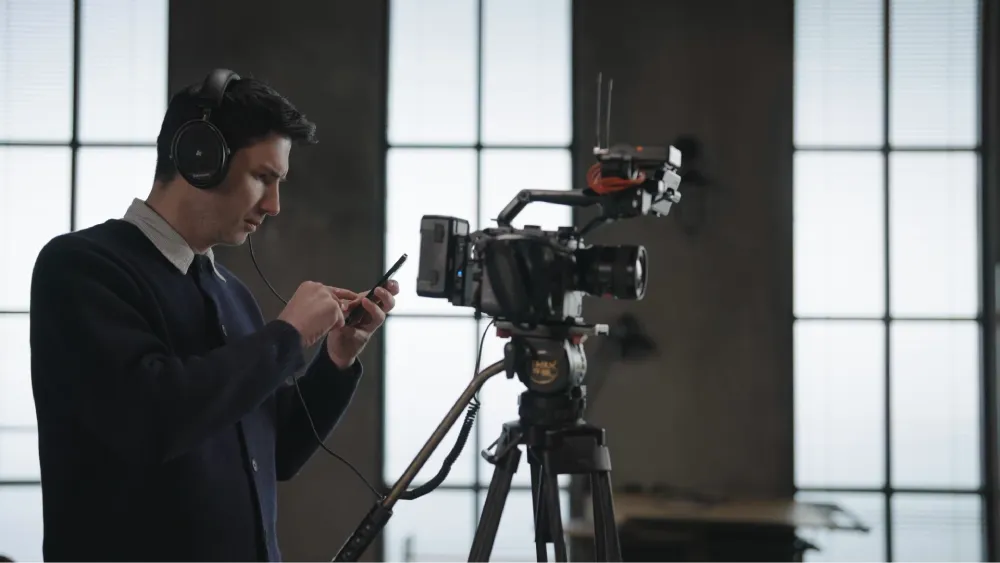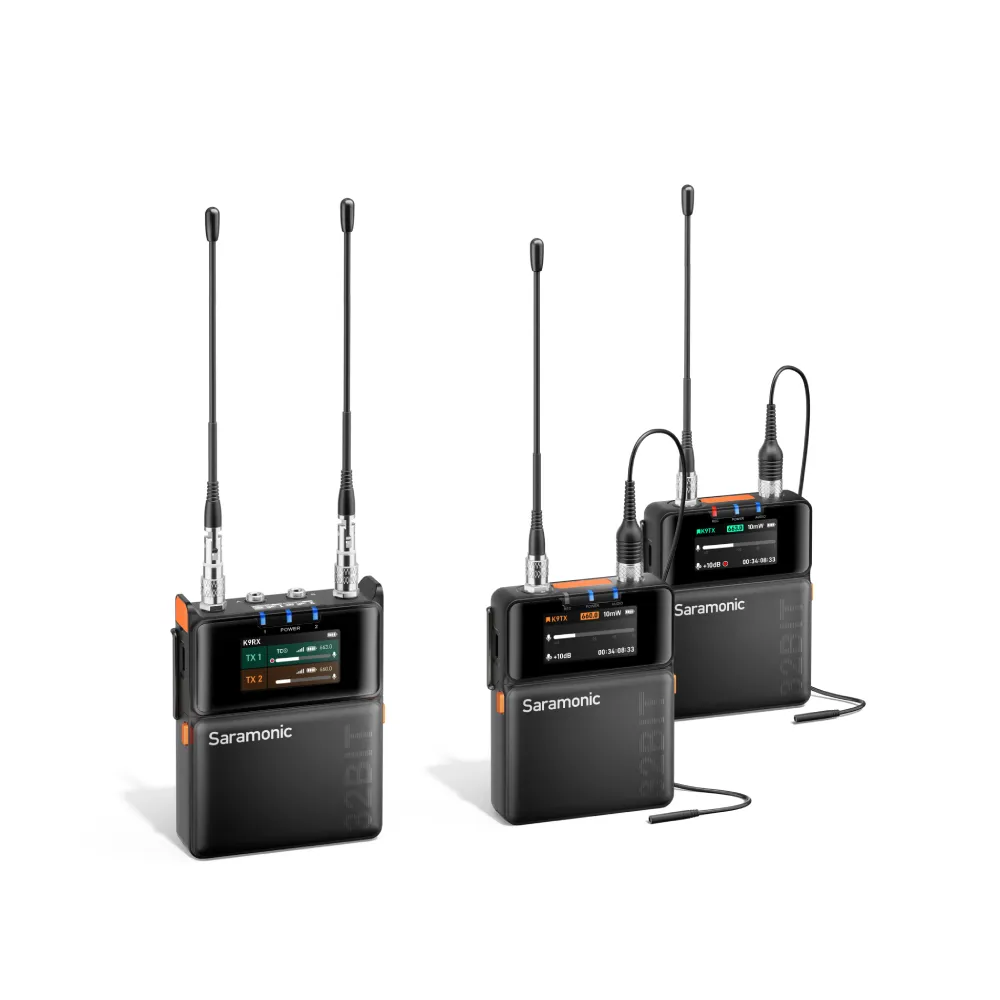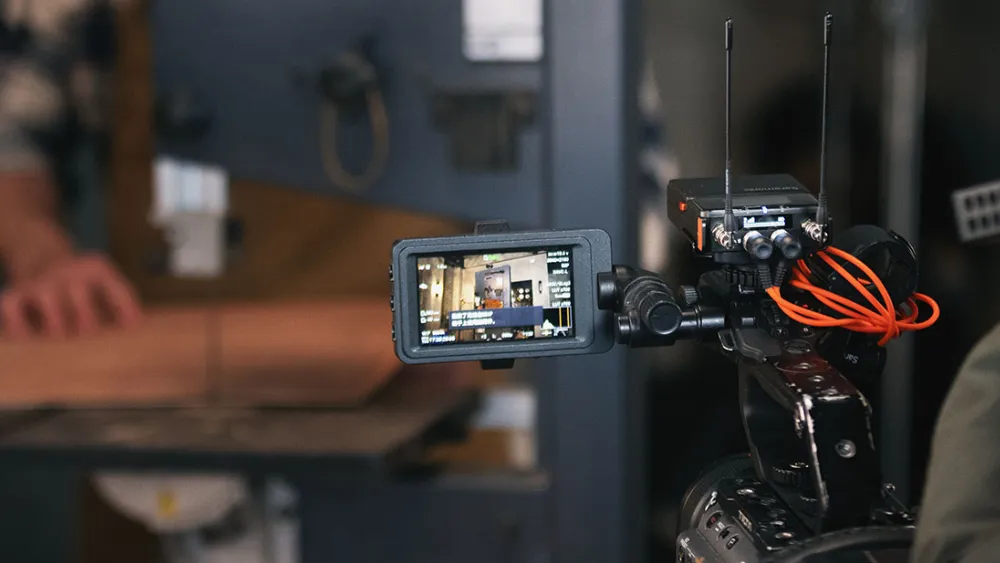Alright, so let's talk about something that has revolutionized so many various industries: wireless intercom systems. You see them everywhere, from film sets to factory floors, and it's easy to understand why. They've evolved a great deal beyond just plain ol' walkie-talkies. As a person who's wholly obsessed with good audio recording, I've seen firsthand how the right intercom, especially with good microphone technology, can make or break an operation with clear, reliable sound.
Today's wireless intercom system installations are all about clear, real-time audio communications cable-free. It is wonderful not to have to put up with that. It allows crews to communicate easily across big areas, react more quickly in emergencies, and just function better. The philosophy is to ensure the correct people are being spoken to by the proper information, loud and clear, wherever they may be. It's about eliminating those physical and logistical barriers to communication.

Wireless intercom technology development has been very interesting. We've come a long way from hissy, dodgy analog gear.
First, the analog systems, wherein they utilized predominantly the FM radio waves. They were fine, but prone to interference, short range, and the quality of the sound wasn't always good. Remember those classic event security radios. Then came the digital age. Digital intercom systems brought miraculous advances: better sound, increased security in the guise of encryption, more people per system, and much improved resistance to pesky interference. It was a giant leap.
The journey has been marked by several cool advancements:
A modern wireless intercom is a sophisticated blend of hardware and software that all works in tandem together.

This is where it gets really fascinating for a fellow like me who deals with audio. The mic component within a headset or belt pack is the single most important aspect. We are now finding systems utilize good condenser or dynamic mic capsules, the same sort you'd install in recording gear. Directional mics (like cardioid patterns) help capture the user's voice while rejecting environmental noise. Active noise cancellation in the mic, or through DSP (Digital Signal Processing), is the winner in noisy places. Clean audio recording is not an option.
There are several protocols that keep these systems talking:
No one needs their intercom to die in the middle of the show or the incident. Contemporary systems employ economical lithium-ion batteries. Intelligent power management technologies, such as auto-standby when there is silence, assist in juice conservation. A few provide hot-swappable batteries, and you can swap them out without disconnecting – a savior.

The applications for these systems are incredibly diverse, solving unique communication pain points in each sector.
This is classic intercom territory. Live TV, concerts, or theater spring to mind. Directors need to cue camera operators, stage managers need to direct actors, and audio technicians need to monitor sound levels. Low-latency, good-quality audio is vital. The quality of the microphones used here ensures even whispered cues are heard clearly over the program audio feed.
In these life-and-death situations, reliable communications can quite literally be a matter of life and death. Squads need to coordinate across what can be large and disorganized domains. Features like encryption for secure communications and rugged, waterproof hardware are essential. The microphones need to be durable enough to survive rough treatment and capture a clear voice amidst blaring sirens.
On a loud factory floor or across an expansive smart manufacturing intercom installation, clear communication is paramount for safety and efficiency. Workers coordinating equipment, maintenance personnel diagnosing problems, or logistics personnel controlling inventory all benefit. Noise-canceling microphones are essential in this case to pierce the cacophony of equipment.
For workers in hotels, megastores, or event venues, discreet communication is necessary for managing guest requests, scanning stock, or organizing services. Invisibly illuminated and discreet earpieces and mics work best to convey a professional appearance without missing a beat.
School districts or big school campuses, and universities use intercoms to ensure security, manage campus events, and operate in general. Coordination of personnel at assemblies, patrols across the campus, or communication during emergencies all rely on seamless wireless connections.
There are no wireless systems without their limitations, but there are ways around them with new technology.
It can be difficult to blanket a gigantic stadium or a multi-story building with heavy walls. Choices are employing systems with higher transmission power (where permitted by law), correctly placed antennas and repeaters, or leveraging technologies like DECT, which penetrates more than standard Wi-Fi.
Places with dense populations of other radio waves (think trade shows or urban areas) can be catastrophic. Using less congested frequency bands (like licensed UHF or DECT) to make your selections is a wise choice. Features like frequency agility or cognitive interference exclusion, where the system's software smartly finds clear channels, are invaluable. Proper placement of antennas out from interference sources is also crucial.
For workers in the field – a camera operator roaming, a construction worker climbing scaffolding, or a picker in a warehouse – hands-free capability is essential. Light-weight belt packs, comfortable headsets with boom mics that rest securely, and simple push-to-talk (PTT) buttons or voice-activated (VOX) transmission are designed for this.

Making the right choice in intercom system selection involves weighing several factors.
Don't skimp on audio.
Is the intercom to be integrated with other infrastructure, e.g., a mixing console, phone lines, or installed two-way radios? Check for compatibility and interfaces supported (e.g., 2-wire, 4-wire, AoIP like Dante).
If you're sharing confidential information, encryption (e.g., AES) is required to prevent eavesdropping. Also, ensure that the system complies with local radio frequency laws.

Wireless intercom systems have changed the manner in which teams talk to one another. From ensuring a hitch-free live transmission to coordinating an emergency response that can be life-saving, their ability to provide clear, solid sound without wires is priceless. With technology continuing to advance, they'll continue to get more connected and intelligent, breaking down even more barriers of communication.
To learn more about the latest news from Saramonic, join in our official social media: Facebook, Youtube, Instagram, X, Facebook Group.